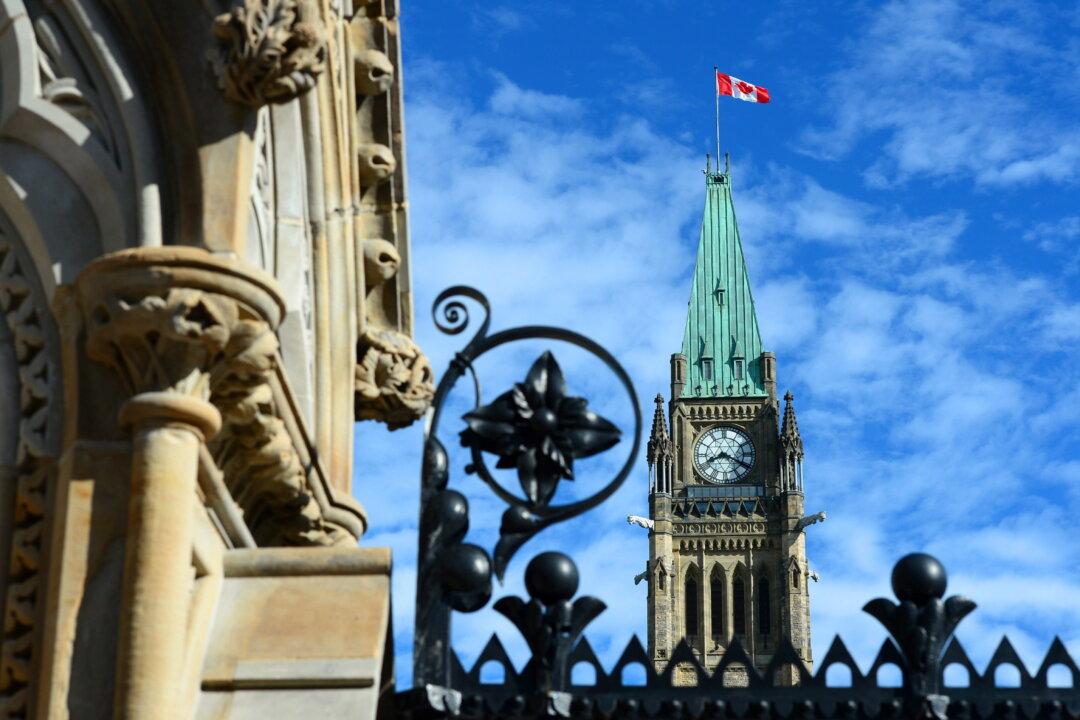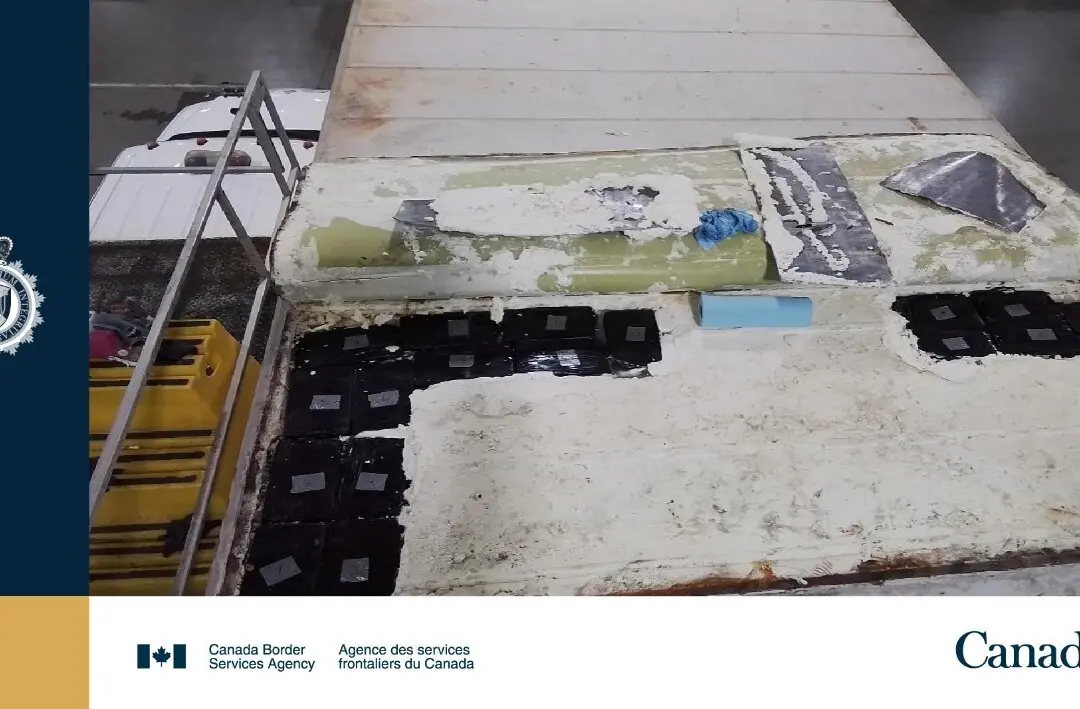Ottawa needs to “stem the tide” of new arrivals and ensure more non-permanent residents depart Canada to meet its population goals, a new study suggests.
Although the arrival of new non-permanent residents (NPRs) has dipped, the existing influx of NPRs into the country will prevent Ottawa from achieving its objective of lowering temporary resident numbers to less than 5 percent of the Canadian population, a new report from financial services firm Desjardins found.





